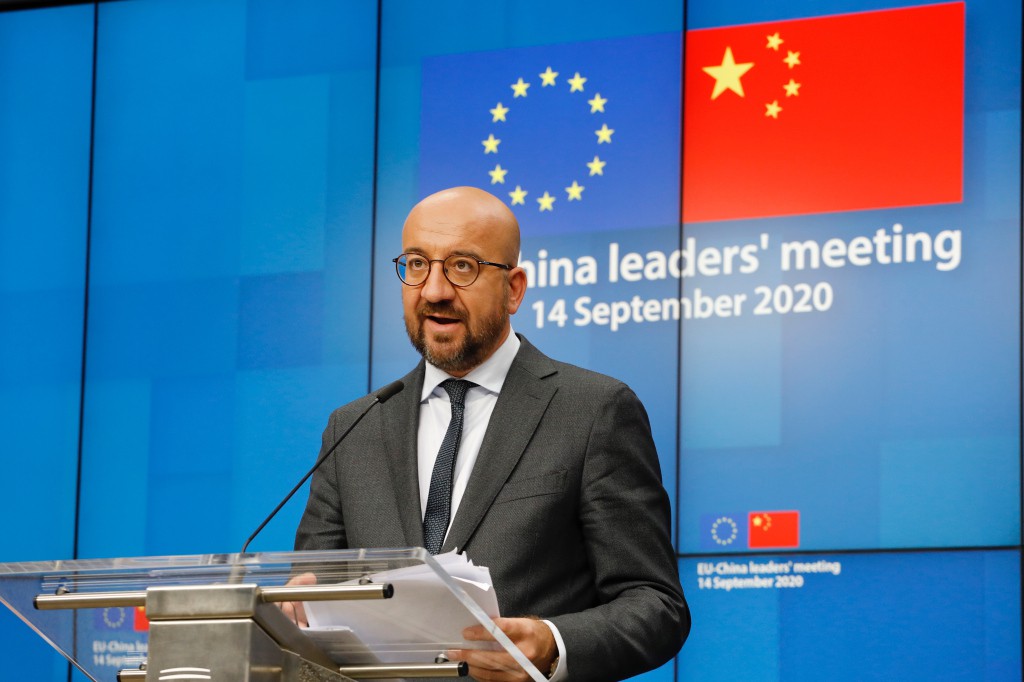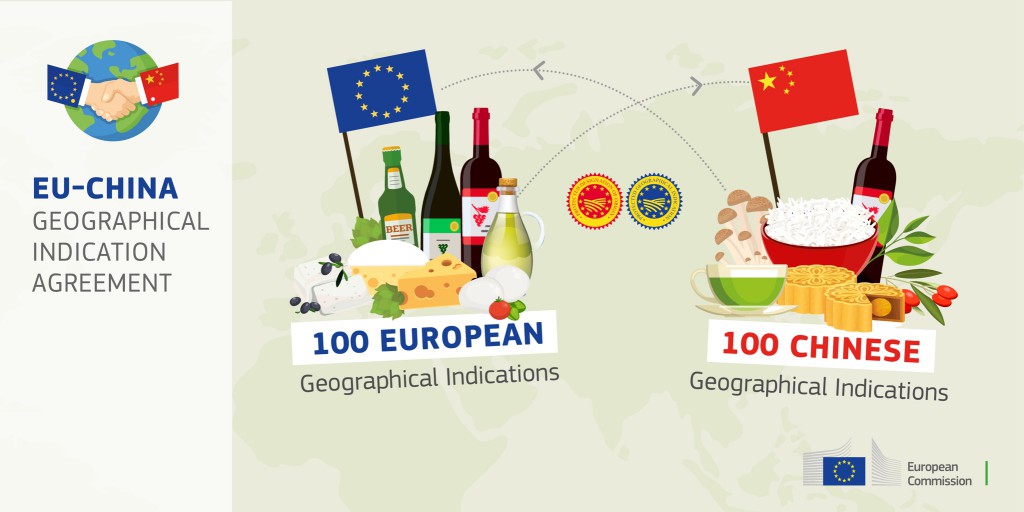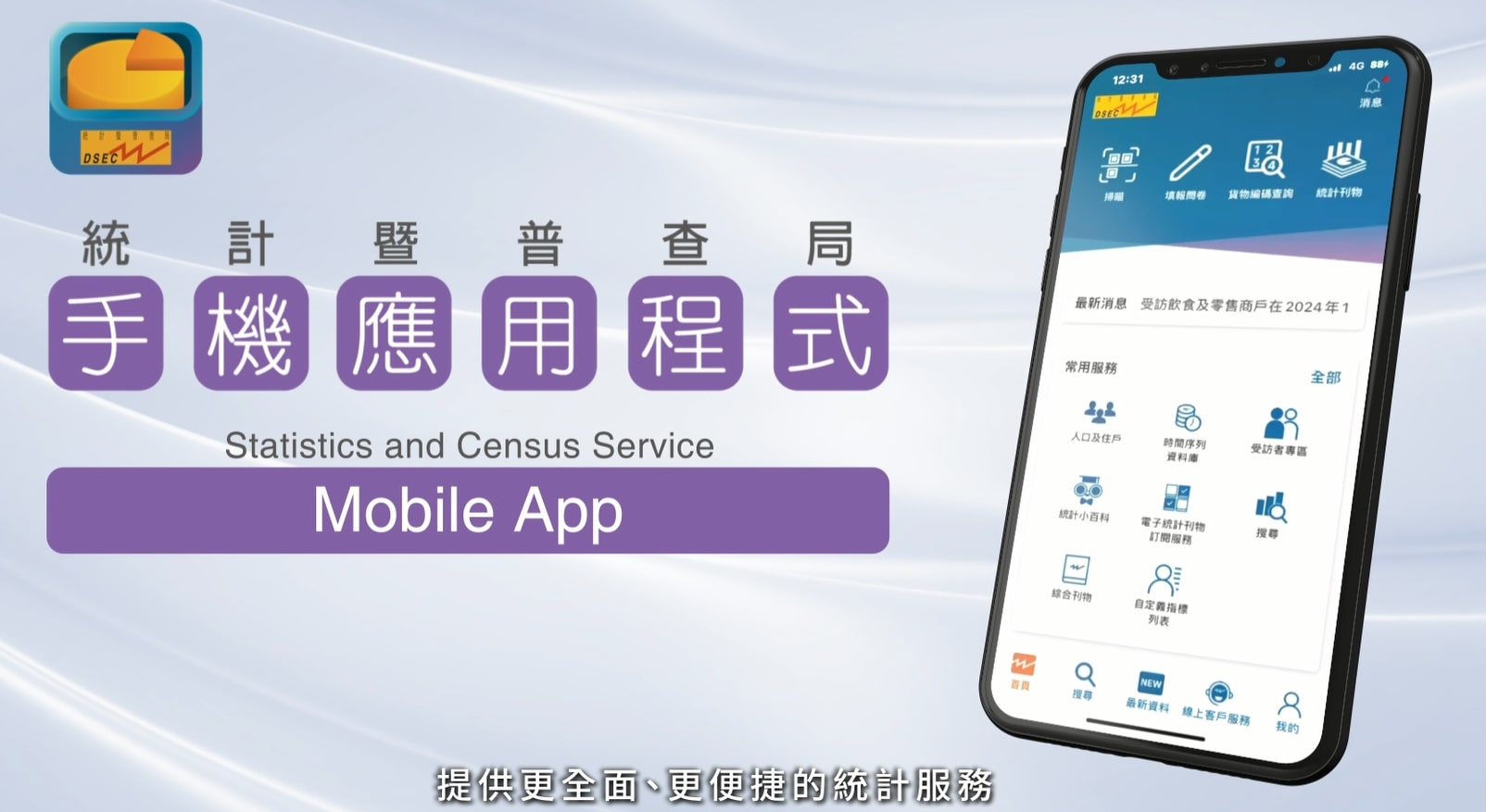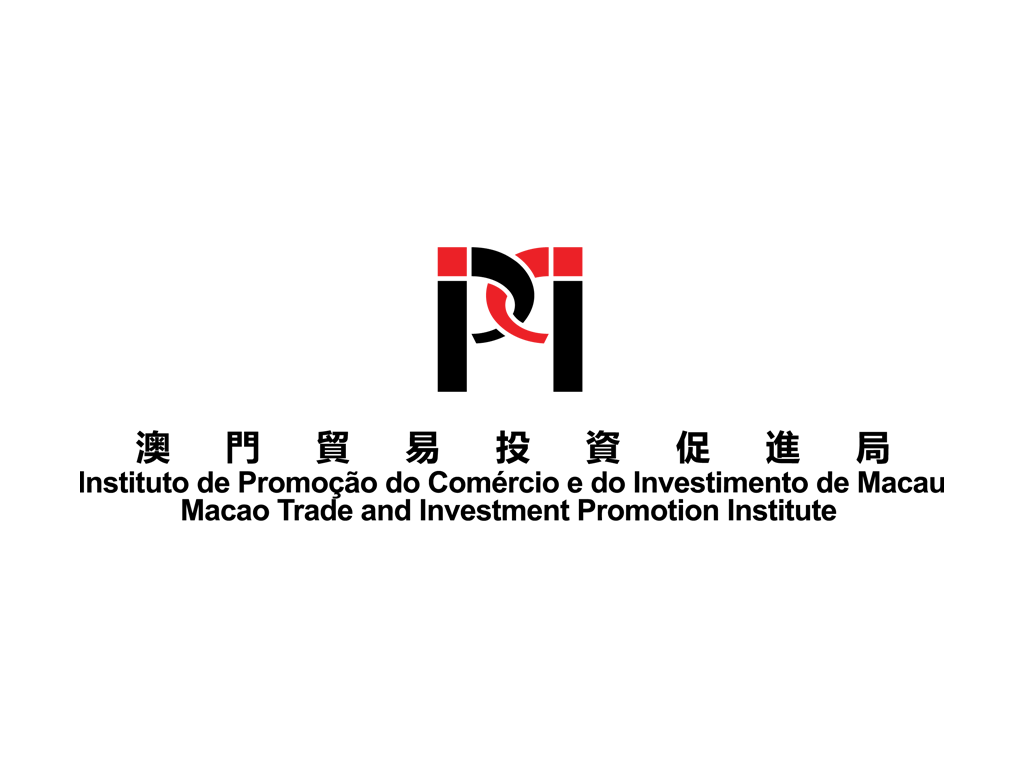Search Issues
EU and China signed landmark agreement protecting European Geographical Indications
The EU and China signed a bilateral agreement on 14 September to protect 100 European Geographical Indications (GIs) in China and 100 Chinese GIs in the European Union against usurpation and imitation. The agreement, first concluded in November 2019, should bring reciprocal trade benefits as well as introducing consumers to guaranteed, quality products on both sides. The EU-China GI agreement is a landmark treaty between the European Union and the People’s Republic of China. It is a concrete example of cooperation between two parties and reflects openness and adherence to international rules as a basis for trade relations.
The Chinese market has high-growth potential for European food and drinks. In 2019, China was the third destination for EU agri-food products, reaching €14.5 billion. It is also the second destination of EU exports of products protected as Geographical Indications, accounting for 9% by value, including wines, agri-food products and spirit drinks. In addition, European consumers will be able to discover genuine Chinese specialties thanks to this agreement.
The EU list of GIs to be protected in China includes iconic GI products such as Cava, Champagne, Feta, Irish whiskey, Münchener Bier, Ouzo, Polska Wódka, Porto, Prosciutto di Parma and Queso Manchego. Among the Chinese GI products, the list includes for example Pixian Dou Ban (Pixian Bean Paste), Anji Bai Cha (Anji White Tea), Panjin Da Mi (Panjin rice) and Anqiu Da Jiang (Anqiu Ginger).
Following the signature of the agreement and the European Parliament consent, it will officially be adopted by the Council. The agreement is expected to enter into force at the beginning of 2021.
Within four years after its entry into force, the scope of the agreement will expand to cover additional 175 GI names from both sides. These names will have to follow the same approval procedure as the 100 names already covered by the agreement (i.e. assessment and publication for comments).
The Chinese market for agri-food products is one of the world’s largest, and is getting larger every year, fuelled by a growing middle class population that has a taste for European food and drink products, often as a result of their international travels. The country also has a rich tradition of geographical indications of its own, many of which are still largely unknown to European consumers but which should now become more widely available thanks to the agreement.
Source:
For more information and details regarding “EU – China agreement on the protection of Geographical Indications”, please visit the website at: https://ec.europa.eu/commission/presscorner/api/files/document/print/en/ip_20_1602/IP_20_1602_EN.pdf
For more tips on investing and trading in the EU, please contact the Business Cooperation Centre of Enterprise Europe Network Central China – Macao Office (EENCC Macao Office) at Tel: (853) 2871 3338, (853) 2872 7882/Fax: (853) 2871 3339/Email: info@ieem.org.mo























